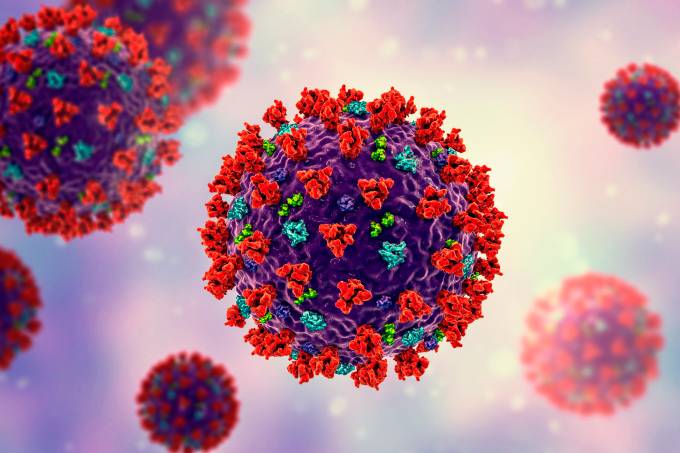Protocol Detail


HAND INJURIES
Hand injuries are common and can invlove a variety of structures such as the skin, tendons, nerves, blood vessels, bones and joints.
Diagnosis
These are common in the Emergency Department.
Preservation & restoration of maximal normal function is essential.
Identify & document all injuries, vascular, tendon & nerve deficits & refer appropriately.
Management
1. Analgesia with digital block, local infiltration, nerve blocks, Bier’s block or IV analgesia,
2. X-Ray if there is possible bony injury or foreign body (consider USS),
3. Clean open injuries & remove all debris,
4. Suture with a 5-0 non-absorbable material,
5. Antibiotics if extensive wounds or “open” fractures,
6. Splinting in neutral position with arm elevated,
7. All wound should be reviewed by medical officer within a couple of days,
8. Sutures should be removed after 5-7 days, longer if over extensor surface of joint.
Fingertip skin loss:
If small, treat with non-adherent dressings, changed every couple of days.
Larger areas of skin loss,or where there is none exposure, should be referred to general surgical
or plastics specialists.
Tendon injuries:
Remember failure to flex at the;
· DIPJ = Divided flexor digitorum profundus,
· PIPJ = Divided flexor digitorum superficial &
· The IPJ of the thumb = Divided flexor pollicus longus.
Tendon injuries should generally all be repaired by a Plastic/orthopaedic surgeon, preferably within
24 hours. Partial extensor tendon division (up to 80%) may be treated by splinting after discussion
with medical officer/ “Plastics”.
Digital Nerve injury:
Operative repair for thumb, ulna border of hand, distal index finger & digits of dominant hand unless
distal to the DIPJ.
Palmar surface infections & tendon sheath infection: Elevate, splint, Flucloxacillin with early review
as might need incision for drainage









